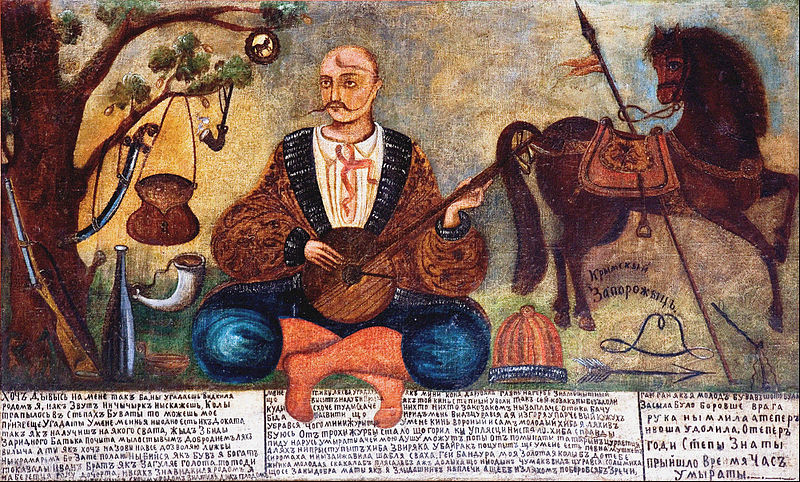
fidicinal
adj. of or pertaining to a player on stringed instruments

fidicinal
adj. of or pertaining to a player on stringed instruments
At the sign of the Wool-sack, in Newgate Market, is to be seen a strange and wonderful thing, which is an elm board, being touched with a hot iron, doth express itself as if it were a man dying with groans, and trembling, to the great admiration of all the hearers. It hath been presented before the king and his nobles, and hath given great satisfaction.
— London handbill, 1682
One of the most curious and ingenious amusements ever offered to the publick ear was contrived in the year 1682, when an elm plank was exhibited to the King and the credulous of London, which, being touched by a hot iron, invariably produced a sound resembling deep groans.
This sensible, and very irritable board, received numbers of noble visitors; and other boards, sympathising with their afflicted brother, demonstrated how much affected they might be by similar means.
— James Peller Malcolm, Anecdotes of the Manners and Customs of London, 1810
In one of William Molyneux’s communications he mentions the exhibition of ‘the groaning-plank’ in Dublin, a curiosity that attracted much attention and many learned speculations about the years 1682 and 1683. He was, however, too much of a philosopher to be gulled with the rest of the people who witnessed this so-called ‘sensible elm-plank,’ which is said to have groaned and trembled on the application of a hot iron to one end of it. After explaining the probable cause of the noise and tremulousness by its form and condition, and by the sap being made to pass up through the pores or tubuli of the plank which was in some particular condition, he says: ‘But, Tom, the generality of mankind is lazy and unthoughtful, and will not trouble themselves to think of the reason of a thing: when they have a brief way of explaining anything that is strange by saying, “The devil’s in it,” what need they trouble their heads about pores, and matters, and motion, figure, and disposition, when the devil and a witch shall solve the phenomena of nature.’
— “Gallery of Illustrious Irishmen: Sir Thomas Molyneux,” Dublin University Magazine, September 1841

“Wealth, in even the most improbable cases, manages to convey the aspect of intelligence.” — John Kenneth Galbraith

In 1978, two luminaries of South Korean cinema were abducted by Kim Jong-Il and forced to make films in North Korea in an outlandish plan to improve his country’s fortunes. In this week’s episode of the Futility Closet podcast we’ll tell the story of Choi Eun-Hee and Shin Sang-Ok and their dramatic efforts to escape their captors.
We’ll also examine Napoleon’s wallpaper and puzzle over an abandoned construction.

Newport, Ore., and Boston, Mass., contain signs directing motorists to one another, despite being more than 3,000 miles apart.
They’re at opposite ends of U.S. Route 20.
Likewise Sacramento, Calif., and Ocean City, Md., at either end of Route 50. Wilmington, N.C., used to reciprocate with Barstow, Calif., at the other end of Interstate 40, but gave up because the sign kept getting stolen.

It’s sometimes suggested that the modern QWERTY keyboard was designed so that typewriter salesmen could impress customers by typing the phrase TYPEWRITER QUOTE on the top row of keys.
It wasn’t, but they could.

The home workspace of National Geographic Society Explorer-in-Residence Wade Davis includes an overhead library.
“The original idea I had was to put the books that meant the most to him over his head at all times, floating, above and in his head as his own, very personal lyric,” said architect Travis Price.
“The dome shape above was a tholos, the shape of a pregnant woman’s womb, similar to the rotunda of the oracle’s temple at Delphi.”
(From Alex Johnson, Improbable Libraries, 2015.)
Sign-language expressions adopted by modern monks who live in an atmosphere of silence:
bulldozer = bull + push
boiler room = boil + room
computer = I + B + M
machine = “place fists together then twirl thumbs around one another several times”
dump truck = unload + machine
tractor = red + horse
machinist = brother + work + machine
jelly department = sweet + butter + house
refrigerator = cold + house
gasoline = oil + fire
plane = metal + wing
“There are signs for turkey (thank + God + day + bird: an original sign meaning “Thanksgiving Day bird”) and hen (egg + bird) but the latter designation refers to the hen as a source of eggs and not of flesh.”
From Monastic Sign Languages, ed. Jean Umiker-Sebeok and Thomas A. Sebeok, 2011.

In the 1890s, traveler Henry Attwell found that the residents of rural Holland used their hands to recall which months of the year have 31 days:
The knuckles of the hand represent months of thirty-one days, and the spaces between represent months of thirty days. Thus, the first knuckle is January (thirty-one), the first space February (twenty-eight or twenty-nine, the exception), the second knuckle March (thirty-one), the second space April (thirty), &c. The fourth knuckle, July (thirty-one), is followed by the first [of the other hand], August [thirty-one], and so on, until the third knuckle is reached a second time. This sequence of two knuckles corresponds with the only sequence of months (July and August) which have each thirty-one days.
“This memoria tecnica certainly gives a more ready result than the rhyme [‘Thirty Days Hath September’].”
(From Angus Trumble, The Finger: A Handbook, 2010.)

Man: Hello, my boy. And what is your dog’s name?
Boy: I don’t know. We call him Rover.
— Stafford Beer